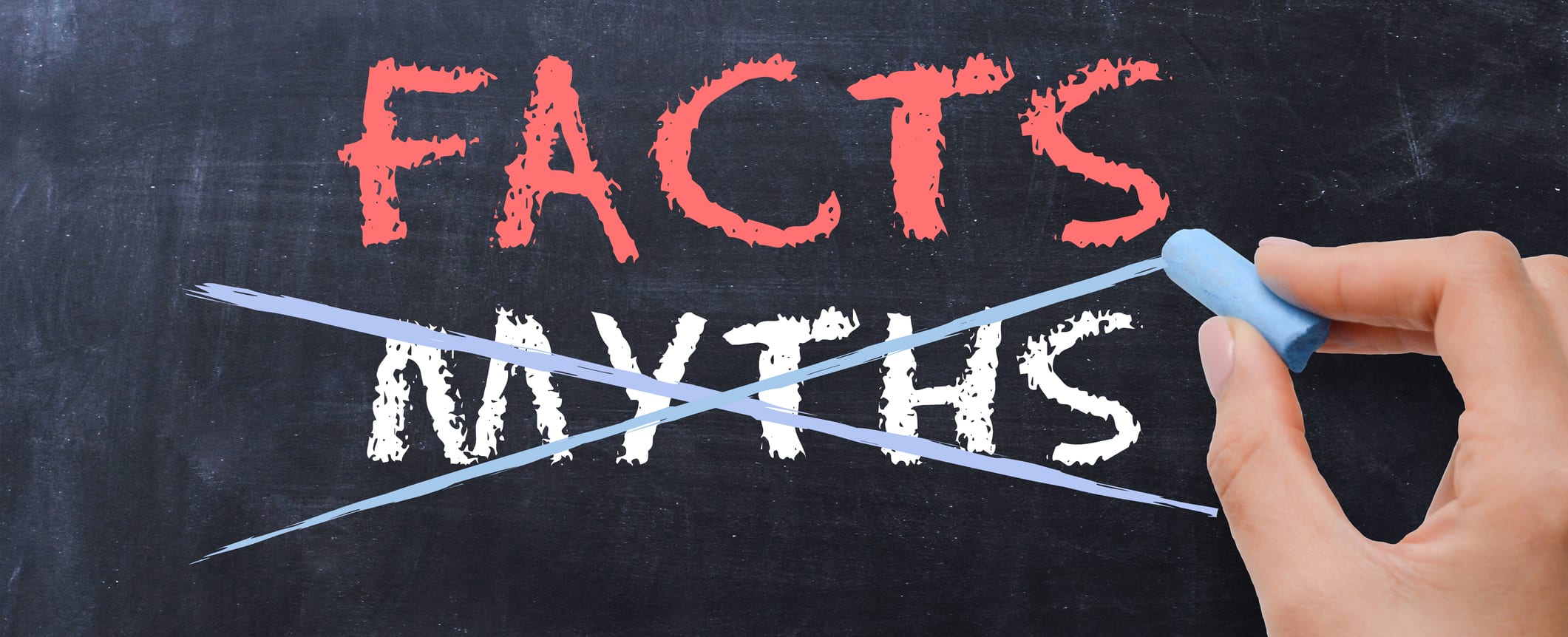Mortgage Myth: You Need a Large Down Payment to Buy a Home
Mortgage Myth: You Need a Large Down Payment to Buy a Home
Fact: Low Down Payment Mortgage Options and How They Work
One of the most persistent myths about buying a home is the belief that you need a substantial down payment to make your homeownership dreams come true. While a sizable down payment can be beneficial, it’s far from a strict requirement. In this blog, we’ll debunk the myth that a large down payment is the only way to buy a home and explore the various low down payment mortgage options available, along with how they work.
First, let’s clarify what a down payment is. A down payment is a lump sum of money that you pay upfront when purchasing a home. It’s typically expressed as a percentage of the home’s purchase price. Traditionally, a 20% down payment has been recommended as it allows borrowers to avoid private mortgage insurance (PMI) and secure better loan terms. However, not everyone can afford such a substantial sum. Here’s the truth: you have options even if you don’t have a large down payment saved up.
Low Down Payment Mortgage Options:
-
FHA Loans:
- FHA (Federal Housing Administration) loans are known for their low down payment requirements. You can secure an FHA loan with as little as 3.5% down.
These loans are insured by the government, making them accessible to borrowers with less-than-perfect credit.
- FHA (Federal Housing Administration) loans are known for their low down payment requirements. You can secure an FHA loan with as little as 3.5% down.
-
VA Loans:
- VA (Department of Veterans Affairs) loans are exclusively available to eligible veterans, active-duty service members, and certain members of the National Guard and Reserves.
VA loans typically require no down payment at all, making homeownership more attainable for those who have served in the military.
- VA (Department of Veterans Affairs) loans are exclusively available to eligible veterans, active-duty service members, and certain members of the National Guard and Reserves.
-
USDA Loans:
- USDA (U.S. Department of Agriculture) loans are designed for homebuyers in rural and suburban areas.
Eligible borrowers can obtain a USDA loan with zero down payment, making it an excellent option for rural homeownership.
- USDA (U.S. Department of Agriculture) loans are designed for homebuyers in rural and suburban areas.
-
Conventional Loans with Low Down Payment Options:
- Conventional loans often associated with a 20% down payment now offer low down payment alternatives.
Some lenders offer conventional loans with down payments as low as 3%.
- Conventional loans often associated with a 20% down payment now offer low down payment alternatives.
-
State and Local Down Payment Assistance Programs:
- Many states and local governments offer down payment assistance programs to help first-time homebuyers. These programs provide grants or low-interest loans to cover part or all of the down payment.
How Low Down Payment Mortgages Work: Low down payment mortgages work by allowing you to finance a significant portion of your home purchase, reducing the upfront cash requirement. However, it’s essential to understand how these mortgages function:
-
Private Mortgage Insurance (PMI):
- If you make a down payment less than 20% on a conventional loan, you’ll typically be required to pay PMI.
PMI protects the lender in case you default on the loan but adds an extra cost to your monthly mortgage payment.
- If you make a down payment less than 20% on a conventional loan, you’ll typically be required to pay PMI.
-
Higher Interest Rates:
- Some low down payment mortgages may have slightly higher interest rates compared to loans with larger down payments.
This is to compensate for the perceived risk associated with lower upfront equity.
- Some low down payment mortgages may have slightly higher interest rates compared to loans with larger down payments.
The myth that you need a large down payment to buy a home can be a significant barrier to homeownership. Fortunately, there are several low down payment mortgage options available that make buying a home more accessible. Whether you’re a first-time buyer, a veteran, or looking to purchase in a rural area, there’s likely a mortgage program that suits your needs. It’s essential to weigh the pros and cons of each option and consult with a mortgage professional to determine the best path to homeownership based on your financial situation. With the right approach, you can achieve your goal of owning a home without breaking the bank on a massive down payment.


